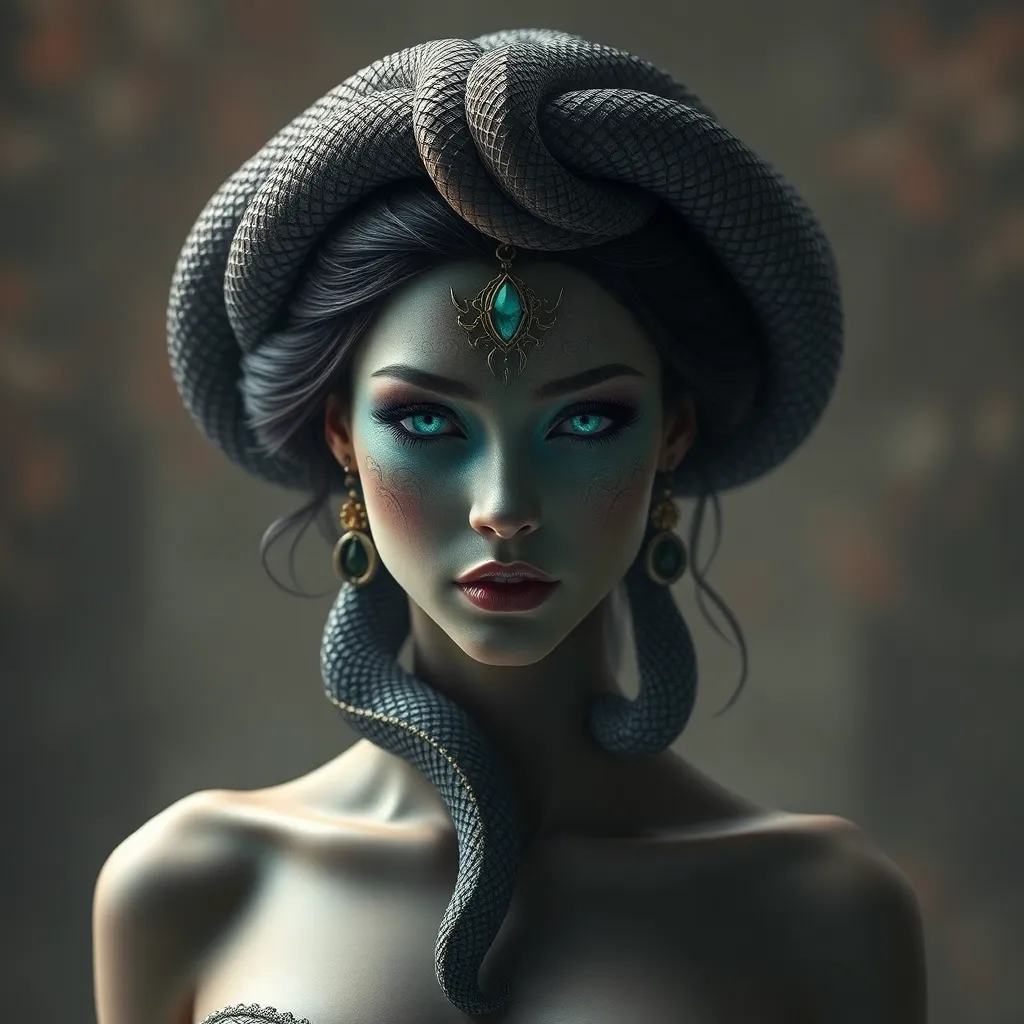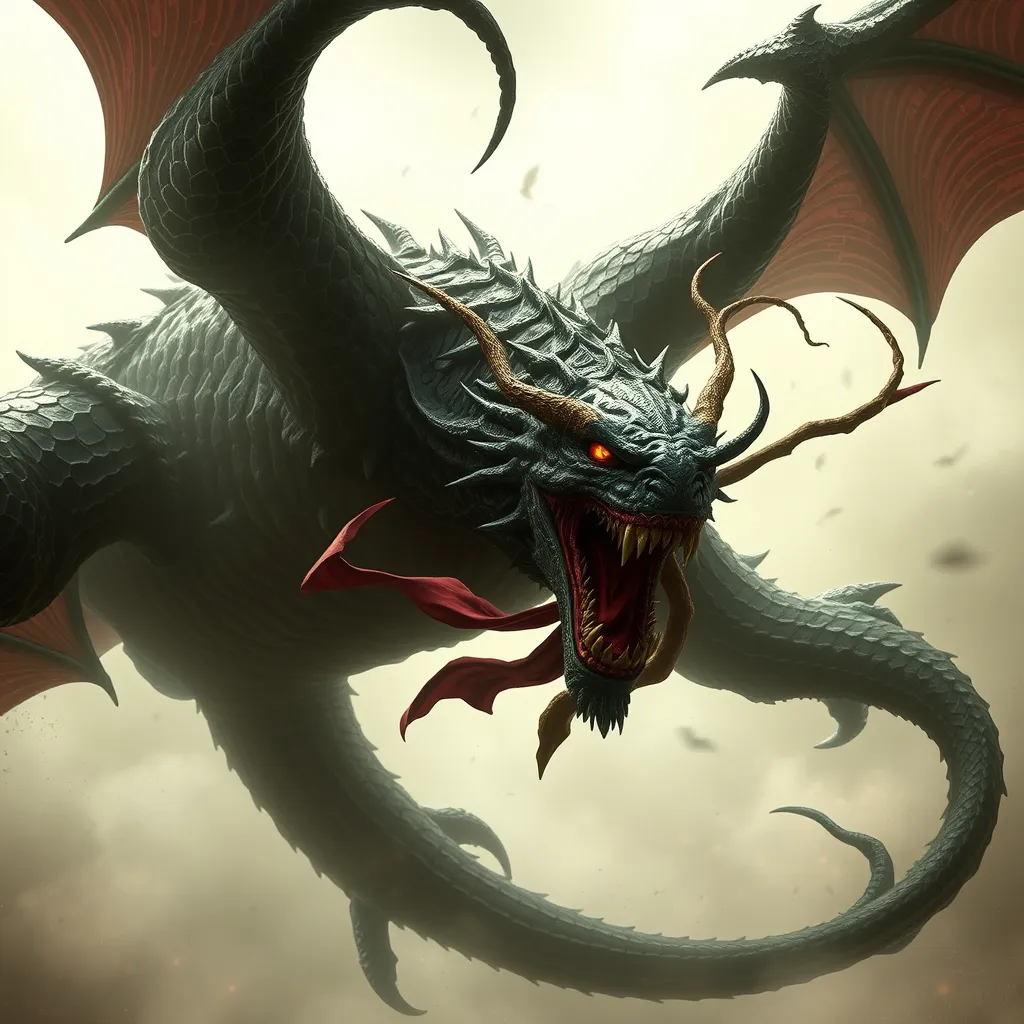Lamia’s Beauty: Unveiling the Enchantment and Danger of the Serpent Woman’s Appearance
I. Introduction
Lamia is a figure from ancient mythology, often portrayed as a beautiful woman with a tragic and perilous backstory. Her character embodies a complex duality, where beauty intertwines with danger, captivating those who encounter her while simultaneously posing significant threats. This article aims to explore the enchanting appearance of Lamia and the implications of her beauty, delving into the rich tapestry of mythology that surrounds her.
II. The Mythological Origins of Lamia
The origins of Lamia can be traced back to ancient Greek mythology, where she is often depicted as a monstrous figure with the ability to shape-shift. Her story varies across different regions and sources, reflecting the fluidity of myth. In some tales, Lamia is described as a beautiful queen of Libya, cursed by Hera to become a child-eating demon after she had an affair with Zeus. This transformation serves as a poignant reminder of the consequences of love and jealousy.
- Historical Context: Lamia’s myth has evolved through centuries, with each retelling adding new layers to her character.
- Key Tales: One notable story involves her seduction of young men, leading them to their doom.
- Transformation: From a beautiful woman to a fearsome monster, Lamia’s story illustrates the impact of divine wrath.
III. The Allure of Lamia’s Beauty
Lamia’s physical appearance is often described as irresistibly beautiful, with enchanting features that captivate the hearts of mortals. Her long hair, striking eyes, and alluring smile are depicted as both inviting and deceptive. This beauty symbolizes broader themes within mythology, where physical allure often masks deeper dangers.
- Descriptions: Lamia is frequently portrayed as having a stunning visage, which draws men to her.
- Symbolism: In many myths, beauty represents not just attraction but also the potential for destruction.
- Seductive Power: Her beauty is a tool of seduction, leading to the downfall of many, showcasing how attraction can lead to peril.
IV. The Dark Side of Lamia’s Enchantment
Beneath Lamia’s enchanting exterior lies a dark and vengeful nature. Cursed to lose her children, she becomes a figure of vengeance, preying on the young and unsuspecting. This aspect of her character serves as a cautionary tale about the dangers of unchecked desire and the consequences of betrayal.
- The Curse: Lamia’s transformation into a monster is a direct result of her tragic past, influencing her actions.
- Consequences of Attraction: Those who are drawn to her often meet grim fates, illustrating the peril that comes with desire.
- Beauty as a Weapon: In mythology, Lamia uses her beauty as a means to enact revenge, highlighting the theme of beauty as a double-edged sword.
V. Lamia in Art and Literature
Lamia’s character has inspired countless representations in art and literature throughout history. From classical paintings to modern interpretations, her image continues to evolve while maintaining its core themes of beauty and danger.
- Artistic Representation: Artists have depicted Lamia in various forms, often emphasizing her beauty juxtaposed with her monstrous nature.
- Literary Interpretations: Writers from the Romantic era, such as John Keats, have explored her character, infusing their work with themes of seduction and loss.
- Modern Fascination: The character of Lamia appears in contemporary culture, reflecting ongoing interest in the duality of femininity.
VI. Psychological Themes: Fear and Desire
The Lamia myth encapsulates the dual nature of attraction to the monstrous. Her beauty evokes both desire and fear, a contradiction that resonates deeply within human psychology. This interplay raises questions about identity, morality, and the nature of attraction.
- Attraction to the Monstrous: Lamia embodies the allure of the unknown, drawing individuals despite the inherent dangers.
- Psychological Interpretations: Scholars have analyzed Lamia’s character as a representation of repressed desires and fears.
- Interplay of Emotions: The tension between fear and desire is a recurring theme in her narrative, reflecting broader human experiences.
VII. Contemporary Relevance of Lamia’s Story
Lamia’s story continues to resonate in modern discussions of femininity and beauty. Her character serves as a lens through which we can explore societal attitudes toward women, attraction, and danger.
- Parallels to Modern Femininity: Lamia reflects contemporary struggles with the perception of women’s beauty and the associated dangers.
- Impact on Discussions: The myth invites conversations about the dual nature of beauty and the societal expectations surrounding it.
- Lessons Learned: Lamia’s narrative offers insights into the complexities of identity and attraction in today’s society.
VIII. Conclusion
In conclusion, Lamia’s enchanting yet dangerous beauty serves as a powerful symbol in mythology. Her story encapsulates the complexities of attraction, desire, and retribution, reflecting cultural attitudes toward beauty and femininity. As we reflect on Lamia’s narrative, we are reminded of the delicate balance between allure and peril, a theme that remains relevant in both mythology and contemporary life.



